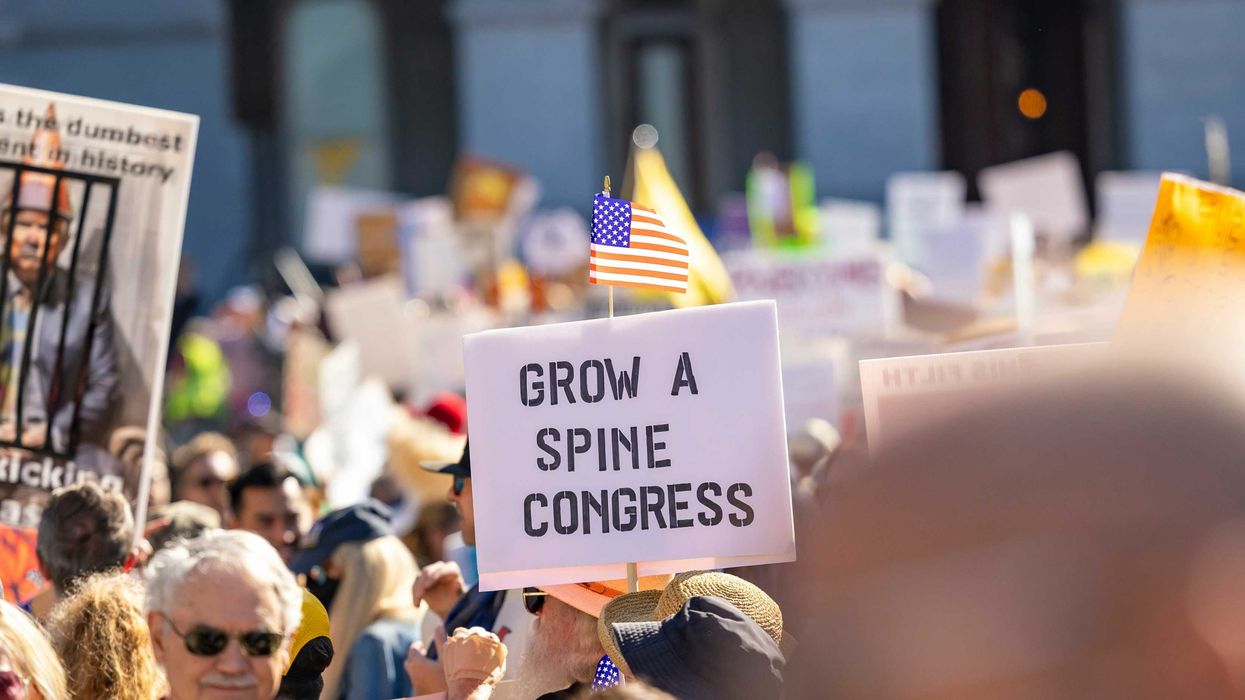This morning, many of us awoke to a jarring juxtaposition of headlines: The Wall Street Journal published a column revealing that Jeffrey Epstein received a birthday album filled with bawdy letters—including one from President Donald Trump. And shortly thereafter, news broke that Trump directed Attorney General Pam Bondi to seek the release of grand jury transcripts related to Epstein, citing mounting political pressure and intensifying public scrutiny.
Late last night, Trump took to Truth Social, posting that he had requested Bondi release “any and all pertinent Grand Jury testimony, subject to Court approval,” framing the controversy as a “SCAM, perpetuated by the Democrats.”
This strategic move came after years of speculation among Trump’s most ardent supporters about the Epstein case. Many in MAGA have propagated conspiracy theories suggesting Epstein was murdered in jail, not that he died by suicide. A distrust of government institutions has fed rumors of a secret client list buried by the Department of Justice, painted as evidence of a vast “deep state” cover-up.
With the Journal’s publication of Trump’s letter and growing demands from MAGA loyalists, Trump’s call to release the transcripts isn’t just reactive—it’s a calculated pivot.
To understand why, we need only revisit a similarly critical moment in 2016.
Just one month before Election Day, the infamous Access Hollywood tape surfaced: Trump, caught on a hot mic, made vulgar remarks about women and boasted of sexually aggressive behavior. Many believed it would be his political undoing. Yet after making an apology, Trump went on the offensive—calling his remarks “locker room banter,” invoking Bill Clinton’s alleged indiscretions, and positioning himself as the victim of a media hit job.
It was Trump’s masterful example of narrative control.
And today he’s doing it again.
As the Epstein discourse spirals out of control, Trump is attempting to seize control of the narrative.. On July 16th, he posted on Truth Social:
“The Jeffrey Epstein Hoax... My PAST supporters have bought into this bullshit, hook, line, and sinker... Let these weaklings continue forward and do the Democrats’ work... I don’t want their support anymore!”
As Trump so often does, he reframed the scandal as yet another “Radical Left Democrat scam”—equating it to past controversies like the Steele Dossier, Hunter Biden’s laptop, and the Russia investigation. Speaking to reporters, he reiterated:
“It was a hoax. It’s all been a big hoax. It’s perpetrated by the Democrats and some stupid Republicans...”
This is the standard Trump strategy: deflect, reframe, and dominate the narrative. By casting himself as the target of a partisan witch hunt, using the scandal to reinforce MAGA loyalty and their perception of him not merely as a survivor, but as a fighter against corruption and the deep state.
As grand jury transcripts are released, the media will undoubtedly spotlight prominent names connected to Epstein. This will give Trump the perfect opportunity to switch from defense to offense. He’ll be in control, focusing on what suits his narrative, ignoring what doesn’t, and channeling the chaos into an all too familiar pattern: blaming the media, vilifying the Democrats, and claiming victimhood.
The strategy is not without risk, but when backed into a corner, Trump had little choice. However, as proven so often in the past, Trump's ability to dominate the news cycle, even amid chaos, has proven to be a winning strategy.
Seems implausible? Stay tuned.
David Nevins is co-publisher of The Fulcrum and co-founder and board chairman of the Bridge Alliance Education Fund.




















